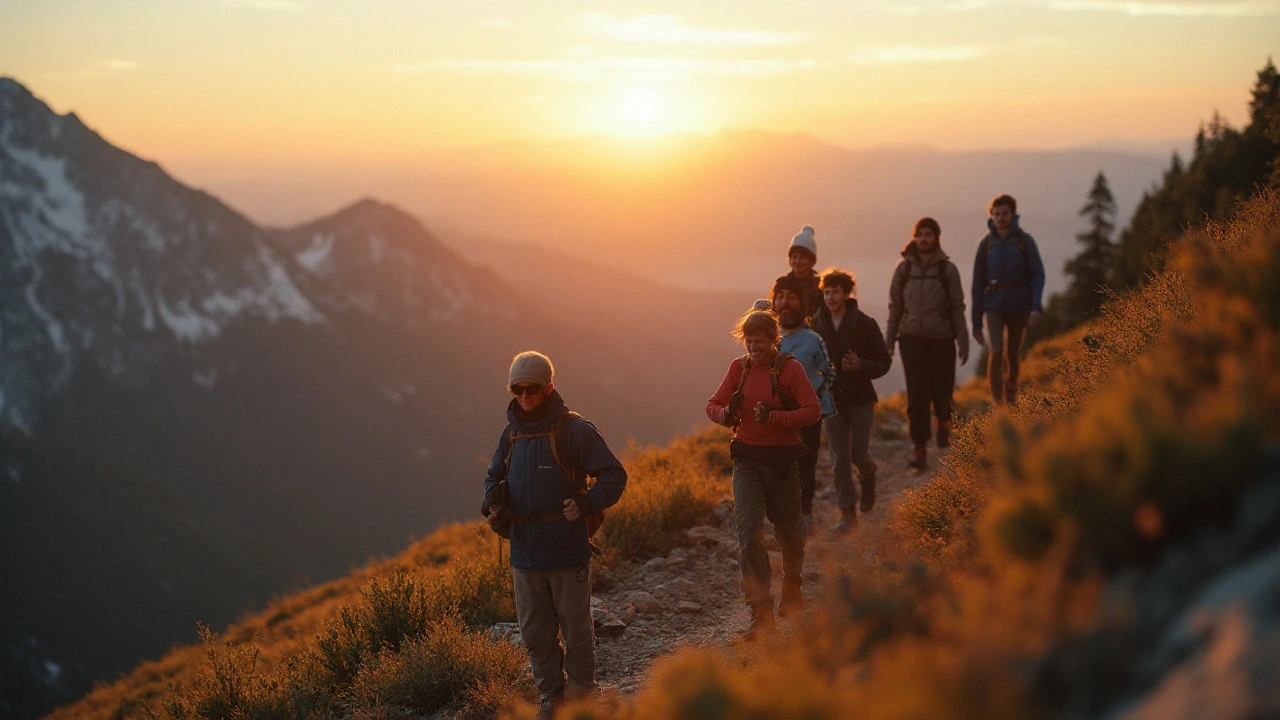Altitude Acclimatization: Simple Steps to Stay Healthy Up High
Going up a mountain or flying to a high‑altitude city can feel like you’ve stepped into a whole new world. The air is thinner, breathing feels harder, and headaches may pop up out of nowhere. That’s your body screaming that it needs time to adjust. The good news? You can give it a hand with a few easy habits, and you’ll enjoy the view without nasty symptoms.
Why Your Body Needs Time to Adjust
At sea level, your blood carries plenty of oxygen to every cell. Up there, the air pressure drops, so each breath contains less oxygen. Your body reacts by increasing breathing rate, pumping more red blood cells, and even changing the acidity of your blood. These changes don’t happen instantly – they take hours to days. If you rush the process, you risk acute mountain sickness (AMS), which shows up as dizziness, nausea, or a pounding headache.
Most people feel the first signs of AMS above 2,500 meters (about 8,200 feet). The higher you go, the more likely you are to run into trouble. But the same mechanisms that cause illness also protect you when you give them time. In short, slow and steady wins the altitude race.
Fast‑Track Tips for Safe Acclimatization
1. Rise Gradually
If you can, spend a night or two at a moderate height (1,500‑2,000 m) before tackling higher ground. A rule of thumb is to increase sleeping altitude by no more than 300–500 m per day.
2. Stay Hydrated
Dry mountain air can dehydrate you quickly. Aim for 2‑3 liters of water a day, and avoid alcohol or caffeine in excess because they pull water out of your system.
3. Eat Light, Carb‑Rich Meals
Carbohydrates need less oxygen to burn for energy, so they’re easier on your lungs. Think pasta, rice, fruit, and whole‑grain breads.
4. Take Short, Easy Walks
Gentle movement helps your body get used to the thin air without overexertion. A 15‑minute walk on the day you arrive can boost circulation and oxygen use.
5. Use Medication Wisely
For some travelers, a low dose of acetazolamide (often sold as Diamox) can speed up breathing adjustments. Talk to a doctor before starting any meds, especially if you have heart or lung conditions.
6. Listen to Your Body
If you feel a pounding headache, nausea, or extreme fatigue, stop climbing and rest at a lower altitude. Ignoring symptoms can lead to serious conditions like high‑altitude cerebral edema (HACE) or pulmonary edema (HAPE).
Remember, the goal isn’t just to reach the summit—it’s to enjoy the journey and stay healthy enough for the next adventure. By moving slowly, drinking plenty of water, and paying attention to what your body tells you, you’ll give yourself the best chance to acclimatize without drama.
Got more questions about altitude sickness or the best gear for high‑altitude travel? Our blog covers everything from medication guides to packing lists, so you can feel confident before you head up.

How to Train Your Body to Resist Mountain Sickness (AMS)
Learn proven training, nutrition, and monitoring techniques to prepare your body for high altitudes and reduce the risk of acute mountain sickness.





